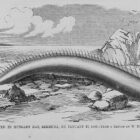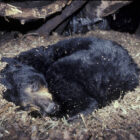Miniaturized frog may be the world’s smallest vertebrate
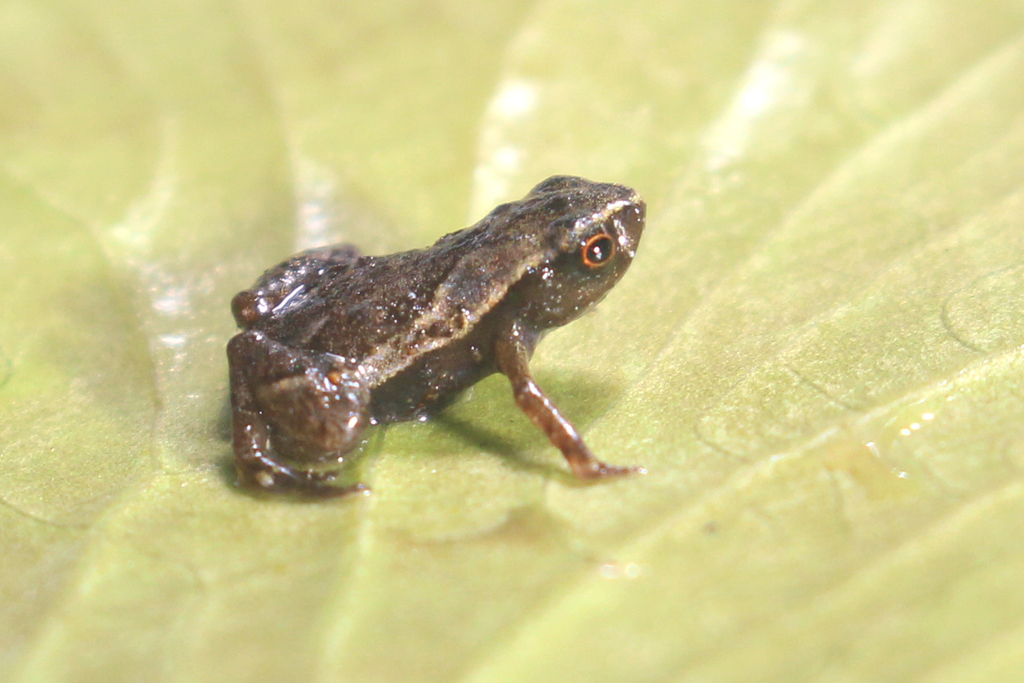
In recent years, scientists have discovered several miniaturized frogs from different parts of the world. These diminutive amphibians, measuring less than 25 mm, exhibit unique features such as the loss of phalanges in both the anterior and posterior limbs and the reduction of bone elements.
However, there seems to be a size limit for frogs, and researchers have been curious to find out which amphibian holds the title of the world’s smallest.
The Discovery of Brachycephalus pulex
In 2019, a team of biologists at Universidade Estadual Paulista in Brazil made a groundbreaking discovery. They studied an endemic species of toad, known only from two localities in southern Bahia, Brazil.
Upon comparing the size of adult representatives of this species with those of other species discovered in various parts of the world in the last decade, the researchers concluded that Brachycephalus pulex holds the title of the tiniest anuran amphibian and the world’s smallest vertebrate.
The Brazilian Flea Toad
Brachycephalus pulex, also known as the Brazilian flea toad, is a tiny frog found only in southern Brazil. Since its discovery it become a subject of fascination for scientists around the world. The Brazilian flea toad is unique not only for its diminutive size but also for its distinctive features, such as its reduced phalanges and bone elements.
Researchers at Universidade Estadual Paulista confirmed that Brachycephalus pulex is not only the world’s smallest amphibian, but also the world’s smallest vertebrate. The average male body length of this tiny frog is slightly over 7 millimeters—smaller than a pea. Females are, on average, 1 millimeter longer.
The researchers noted that the smallest specimen they found was just 6.45 millimeters long, approximately 30% smaller than the previous smallest frog observed.
Tiny Vertebrate
The discovery of Brachycephalus pulex raises questions about the limits of miniaturization in amphibians and vertebrates. The researchers suggest that there may be smaller creatures that have not yet been found and studied. However, they also note that there are likely limits to miniaturization. Most tiny frogs have odd quirks, such as fewer toes than other frogs or insufficiently formed ears—signs that suggest frogs that are any smaller would have trouble surviving.
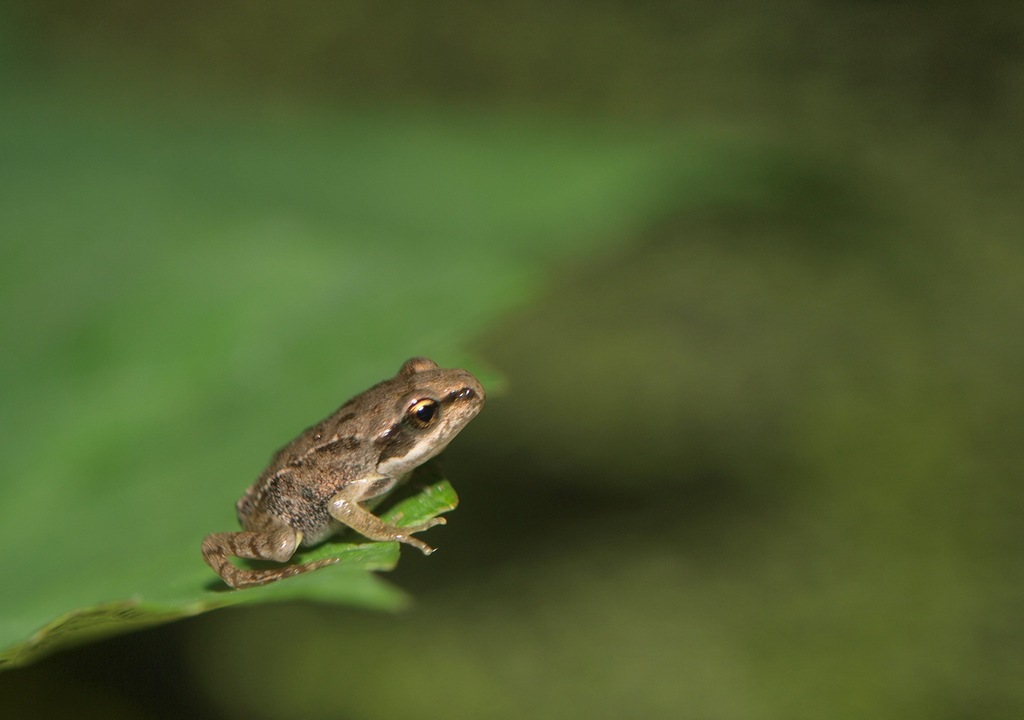
A contender for the smallest: Brachycephalus didactylus
Another species of frog, Brachycephalus didactylus, which is endemic to the Brazilian Atlantic rainforest, is also considered one of the world’s smallest tetrapods. However, there is little information about the ecology of this species.
In a study conducted in Rio de Janeiro State, Brazil, researchers estimated the population density and analyzed the diet, sexual dimorphism, and some reproductive aspects of two populations of B. didactylus. The estimated density was 4.0 and 1.2 ind/100m2, suggesting that this is not a locally rare species. However, collecting these frogs may be difficult because of their very small body size (< 11.0 mm SVL) and cryptic color pattern.
Individuals from the two populations did not differ in body size, but females from one population were significantly larger than were males. In both populations, the most important food items consumed were Acari and Collembola, most of them measuring less than 1.0 mm in length. Frogs with direct-development generally deposit a relatively small number of eggs, and this trend is even more extreme in miniaturized species, such as B. didactylus, which probably lays one egg per clutch.
Because the body size of females significantly influenced the mean diameter of oocytes, but not the number of oocytes per female, reproductive success is probably associated with the production of relatively large eggs and, consequently, larger froglets, which may confer an adaptive advantage.
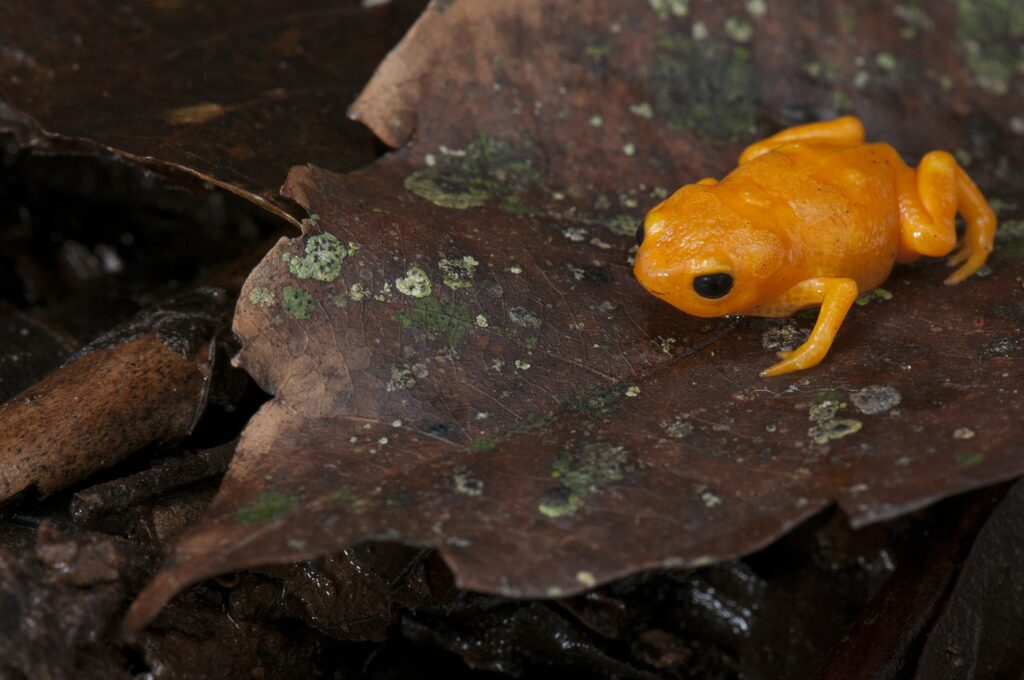
The Morphological Diversity of Miniaturized Frogs
In addition to the Brazilian flea toad, researchers have examined samples of eight species of Brachycephalus, including seven populations of Brachycephalus ephippium. They discovered large additional elements associated with the skull (parotic plate) and vertebrae (vertebral and paravertebral plates) all comprise intramembranous bone, similar to that of the frontoparietal or nasal bones of the skull of most frogs.
Additionally, in the dermis of one unnamed species, they discovered and described true osteoderms. This research sheds light on the morphological nature and diversity of these elements and their importance as evidence of phylogenetic relationships within Brachycephalus.
The Cuban Dwarf Frog
Another miniaturized species, Eleutherodactylus iberia, discovered in the Cuchillas de Moa in eastern Cuba, rivals the Brachycephalus didactyla as the smallest species of tetrapod. With approximately 10 mm of snout-vent length, this tiny frog is considered one of the smallest species of anurans. The new species is most closely related to the Cuban species E. cubanus, E. limbatus, and E. orientalis, which all have the same small clutch size (one).
The smallest species of anurans, representing four families (Brachycephalidae, Leptodactylidae, Microhylidae, and Sooglossidae), have a high frequency (> 5 kHz) call and lay one or a few eggs on land that undergo direct development.



